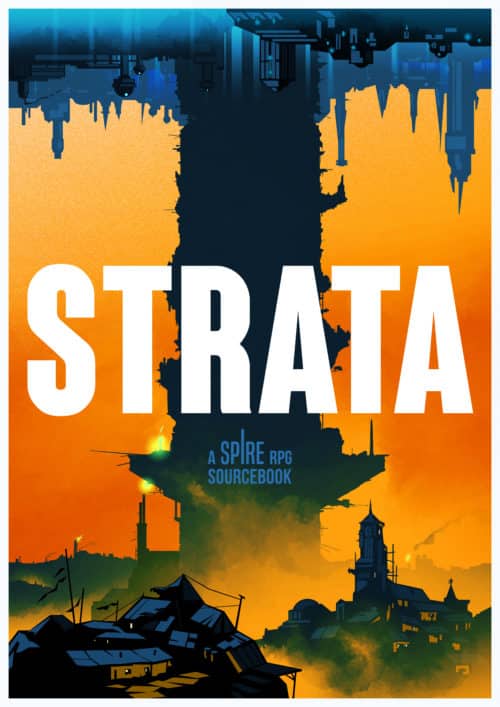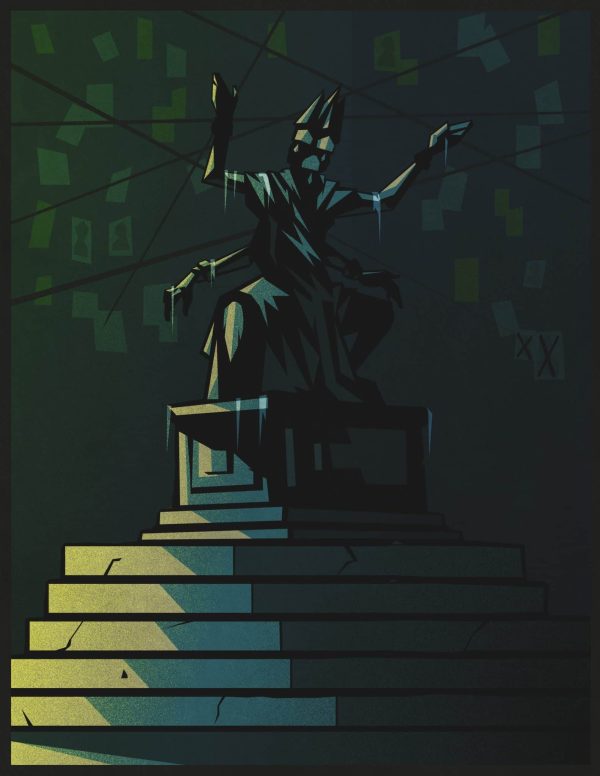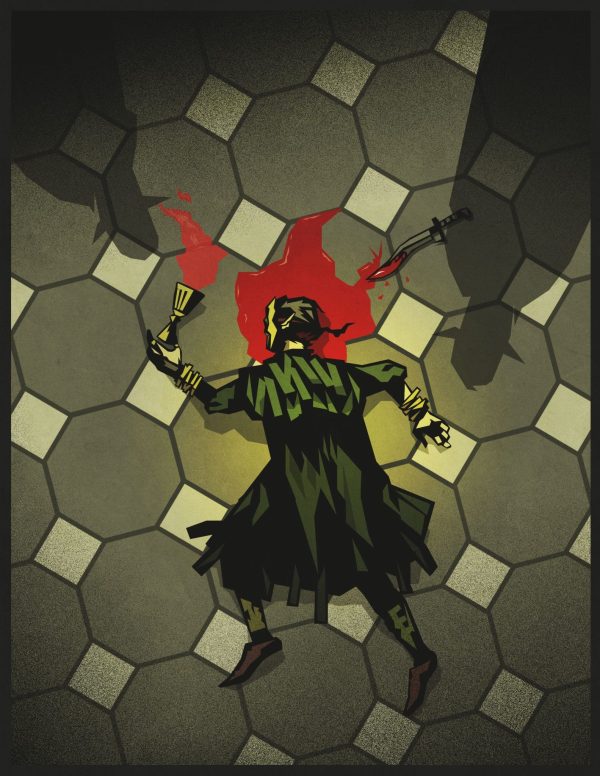Strata Kickstarter is live!

Strata is the next stage in the evolution of Spire: a sourcebook full of background info, new abilities for your characters, and scenarios to play through in an attempt to overthrow the labyrinthine city of Spire. If you’d like to learn more, you can take a look at our Kickstarter page.





